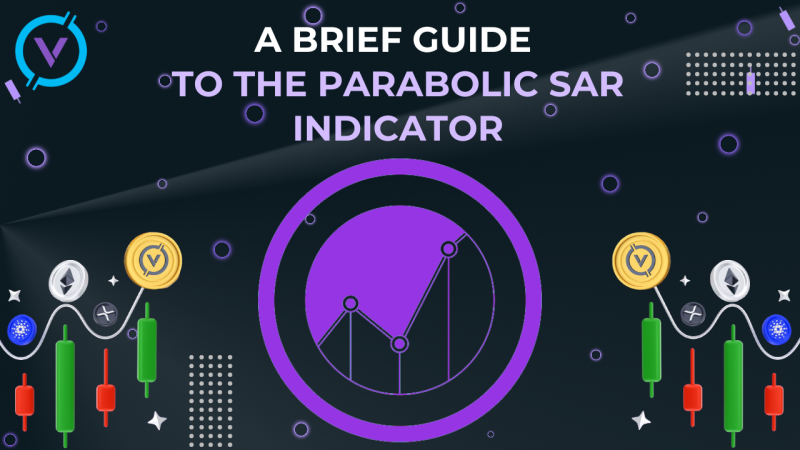Technical analysis is a way to assess the situation in the financial market for making trading decisions based on the identification of statistical patterns of price movement.
The Moving Average (MA) method remains the most popular technical analysis tool to this day. He gained his fame due to the ease of construction, calculation and interpretation of the results. The essence of the method is to calculate the averaged data for a certain period of time. There are many varieties of these sliding ones, but they all come down to one concept.
Today we will talk about MACD. The MACD (Moving Average Convergence Divergence) indicator was developed by Gerald Appel in the late 70s and is used to assess and predict price fluctuations. Stock market traders use it in making investment decisions.
The MACD values are displayed on a separate chart, usually above or below the price chart. The X-axis of the indicator coincides with the timeline of the price chart, while the MACD values on the Y-axis are much smaller and fluctuate around zero, which makes it more practical to display it in a separate window.
In cryptocurrency markets, the MACD indicator can be used to get a more accurate idea of the general direction of market movement.
The MACD is also used as a trend-following tool to determine the identification of potential entry and exit points of a trade.
How does the MACD work?
MACD refers to oscillators, since the indicator chart is displayed on a scale separate from the price chart. The MACD chart itself consists of three main elements:
- The signal line
The MACD signal line is the second line of the indicator. It is called a signal line because it generates the main MACD signals. Because this line is slower, it is often crossed by the faster MACD line.
- The MACD line
This is a faster line on the indicator. Because it reacts faster and is more sensitive, it usually moves above or below the second line of the indicator.
- The MACD histogram
The MACD histogram represents the difference between the MACD line and the signal line. The larger the gap between the lines, the higher the columns that the histogram will display.
- MACD settings
On most trading platforms, the MACD indicator usually comes with default parameters 26, 12 and 9.
The parameters "12" and "26" are interrelated. These two numbers relate to calculating the faster MACD line. The structure of the MACD line consists of calculating a 12-period exponential moving average, and then subtracting a 26-period exponential moving average from the result. The difference between the two EMAS will give us the value of the faster line.
"9" is obtained from the calculation of a slower line, for example, a signal line. This line is the result of an exponential moving average for 9 periods, built on a faster MACD line. That's why the signal line is slower than the MACD line — because it's smoother.
Divergence
One of the best ways to use the MACD in trading is to identify divergence signals. When the price movement on the chart and the direction of the MACD contradict each other, it indicates that the price may change its direction.
Thus, divergence is formed at times when the updates of the extremes on the charts do not coincide. Bullish divergence occurs if a new price high is accompanied by a local decline at the top of the histogram. This may indicate a weakening of the current trend and its imminent reversal. However, you should not rush to open against the trend – you definitely need to wait for confirmation from other instruments.
A bearish MACD divergence occurs when the price shows growth and the MACD lines create lower highs. Divergence hints that the price may start a bearish movement.
One of the disadvantages of divergence is that the price can remain in divergence for quite a long time without any reversal, and sometimes it is difficult to understand when to open a position.
Entry points by MACD
There are two main types of MACD:
- an indicator,
- a histogram.
The principle of their work is the same, as well as the effectiveness. The slope of the histogram indicates the balance of forces at the moment: if it goes up, the "bulls" increase, if it goes down– the "bears". This does not mean that the general ratio has finally changed in favor of one of the parties, but the message itself can be used for trading. If the chart steadily rises from the bottom up, you should think about buying. When it persistently declines, it's time to sell.
Conclusion
The MACD indicator can be an excellent assistant in technical analysis trading, but it is inefficient to use it without other tools. In conjunction with two or three correct indicators, the MACD forms a system with the correct ratio of correct and false market entries, which will ensure profitable trading for disciplined traders.


